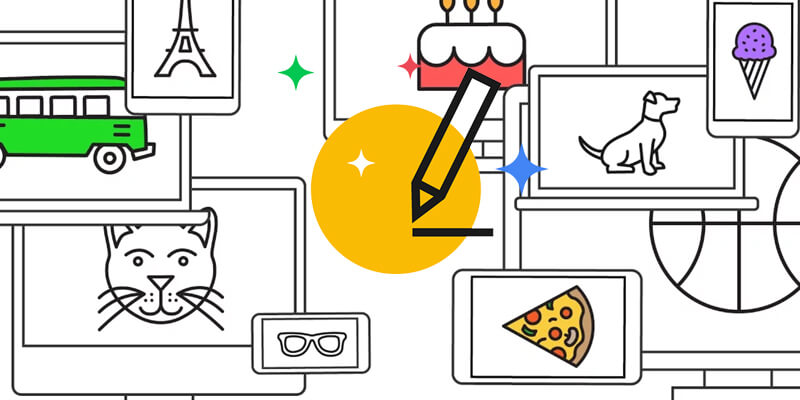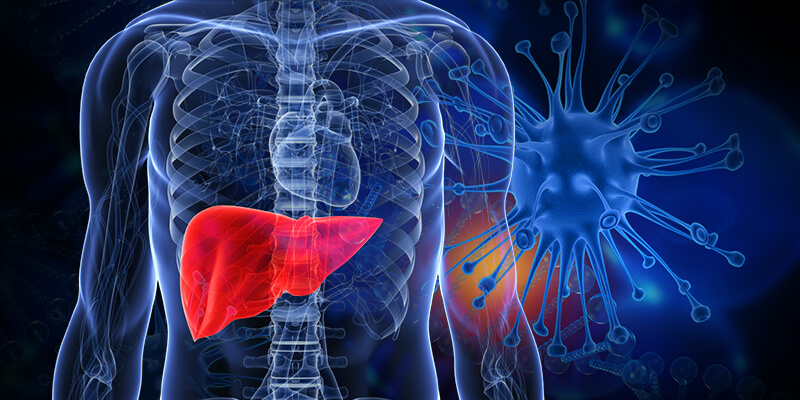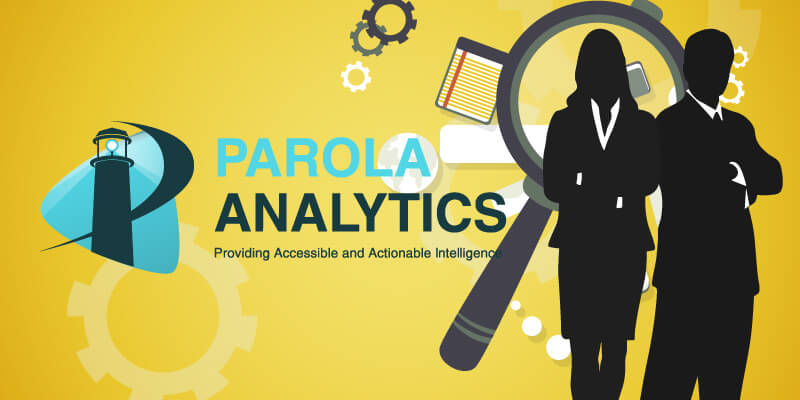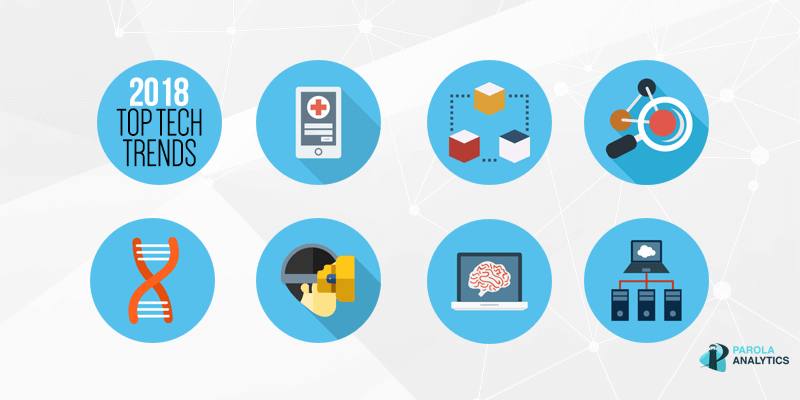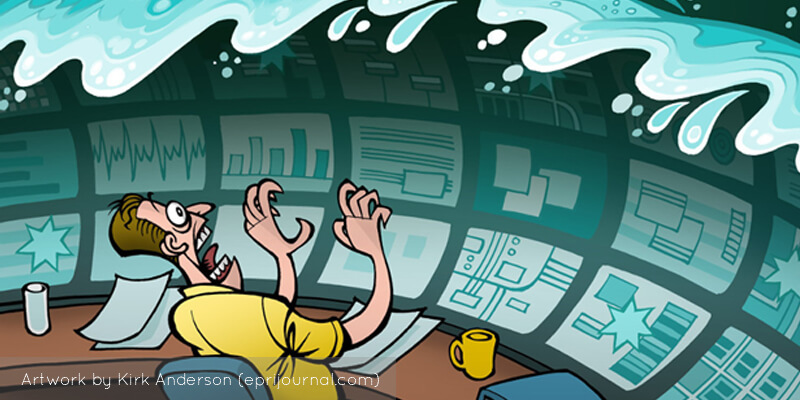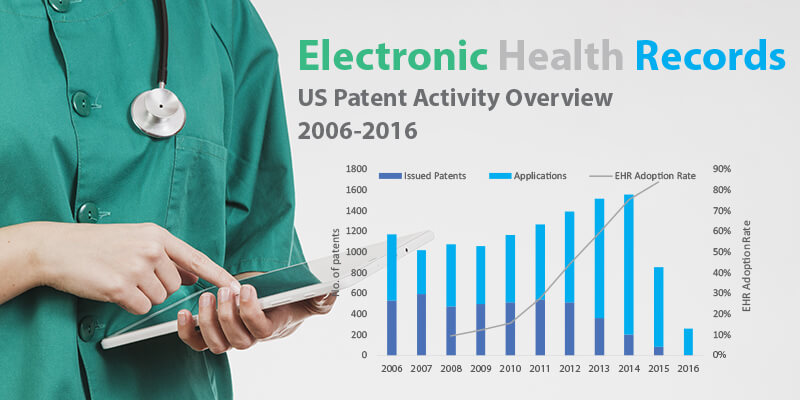Google recently unveiled a new tool to help you make better doodles.[1]
When someone doodles in Autodraw, the software’s trained neural network recognizes the sketch and suggests clip art based on object recognition. Autodraw is Google’s newest A.I. experiment. (You can access other live Google A.I. experiments here.)
Take for example here, a rough sketch of an apple I drew.
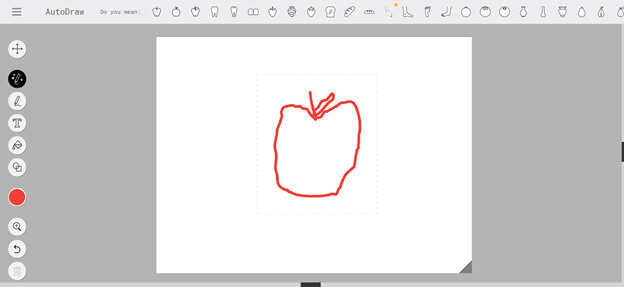
Autodraw suggests clip art based on its recognition of the sketch. The software compares from its training dataset which object the sketch is most similar to. If I select one of its clip art suggestions. . .
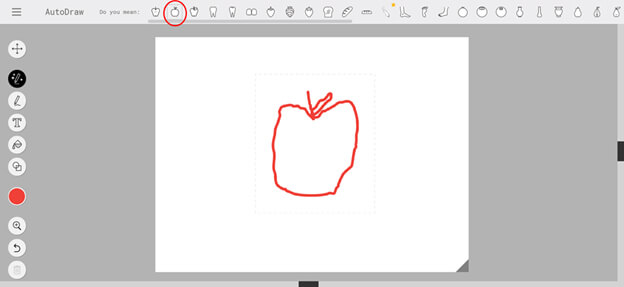
Autodraw replaces the sketch into the selected clip art.
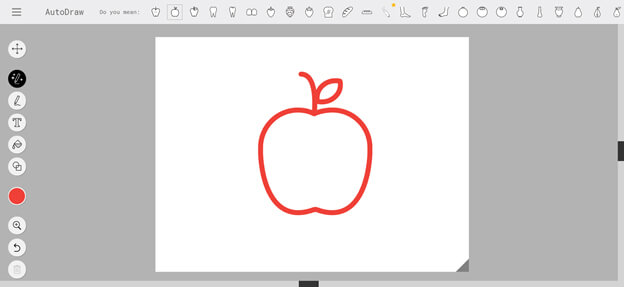
In this way, users can use Autodraw to sketch and compose posters quickly. Autodraw can provide suggestions based on what the user fully or partially draws. Roughly-drawn sketches can be instantly converted into neat clip art. The only caveat, however, is that these clip art look generic and mass-produced, as it was trained by numerous humans online.
Autodraw is built on Google’s previous AI experiment—Quickdraw. Quickdraw allows users to sketch doodles for Google’s neural network to recognize (much like Pictionary but instead users play with an AI program). These submitted sketches are also saved for the world’s largest doodle database for future training of learning neural network algorithms.
Neural networks are powerful machine learning algorithms. An artificial neural network (ANN) is an algorithmic system that mimics the human brain’s cognitive structure by employing artificial neurons and neural layers. ANNs learn by supervised learning, wherein the algorithm is trained by feeding manually-labeled training data. [2] ANNs can be used in character recognition, stock market prediction, finance, and healthcare applications. [3]
Much like Autodraw, many machine learning experiments and services have been deployed in the past few years. These include Microsoft Tay, Google DeepMind’s AlphaGo, and Facebook M. Machine learning has a promising future—McKinsey cites in a Dec 2016 report that machine learning and deep learning are key areas in the age of data science. [4] Who knows? Autodraw may eventually contribute to essential computer vision technology and AI art software in the next few decades.
References
[1] Lafrance, Adrienne. “Google Is Using Artificial Intelligence for Clip Art,” The Atlantic. Web. Published 12 Apr 2017. Accessed 21 Apr 2017.
[2] Tanz, Ophir and Cambron Carter. “Neural networks made easy,” TechCrunch. Web. Published 13 Apr 2017. Accessed 21 Apr 2017.
[3] “Applications of neural networks,” Stanford Engineering: Computer Science. Web. N.d. Accessed 21 Apr 2017.
[4] Columbus, Louis. “McKinsey’s 2016 Analytics Study Defines The Future Of Machine Learning,” Forbes. Published 18 Dec 2016. Accessed 21 Apr 2017.
